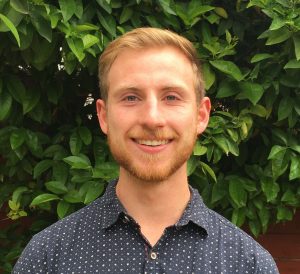Use of a Gravity Survey to Characterize Alluvium Bedrock contact in Potrero Valley Groundwater Basin, San Diego, California

Mason Einbund
Advisor: Dr. Kim Olsen
Friday May 4th, 2018
CSL 422 – 2:10 to 2:30 pm
watch Mason’s defense
Abstract
Geophysical exploration methods constrained by borehole data can provide detailed information about subsurface geometries. I conducted a gravity survey in a section of the Potrero Valley Groundwater Basin. The gathered data, which shows changes and trends in gravity at points on the Earth’s surface, was used to determine lateral density changes in the basin’s subsurface. These gravity measurements were collected along two lines using a LaCoste & Romberg Model D Gravimeter, with a station spacing of 10 meters. I processed the gravity data according standard gravity survey corrections. The corrections applied included an Earth tide correction, instrument drift correction, latitude correction, Free Air correction, and Bouguer Slab correction, and produced the relative Simple Bouguer Anomaly was produced for each survey line. Using the Bouguer Anomaly, two local well logs, and nearby bedrock outcrops, I estimated the contact geometry between the granite bedrock and overlying water bearing alluvium using 2D foreword modeling software (GRAVMAG). The two-layer model that I produced used a density of 2.3 g/cm3 for the alluvium upper layer and 2.65 g/cm3 for the lower granite bedrock. The model produced a detailed representation of the alluvium bedrock geometry. By extending and increasing the number of gravity survey lines, basins and their related aquifers can be modeled to estimate aquifer size and storage. With additional data such as well logs, groundwater basin characteristics can effectively be determined using gravity surveys.

